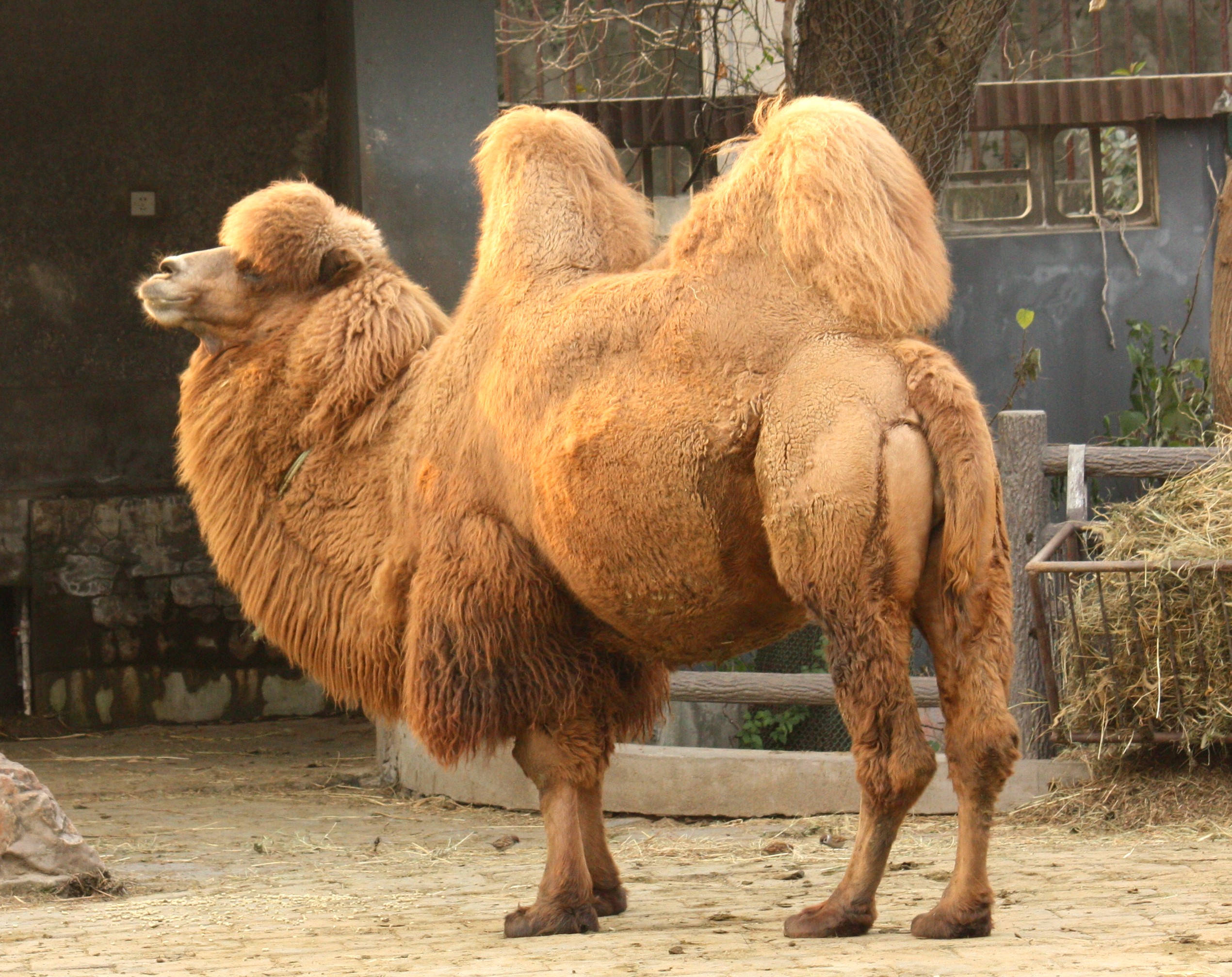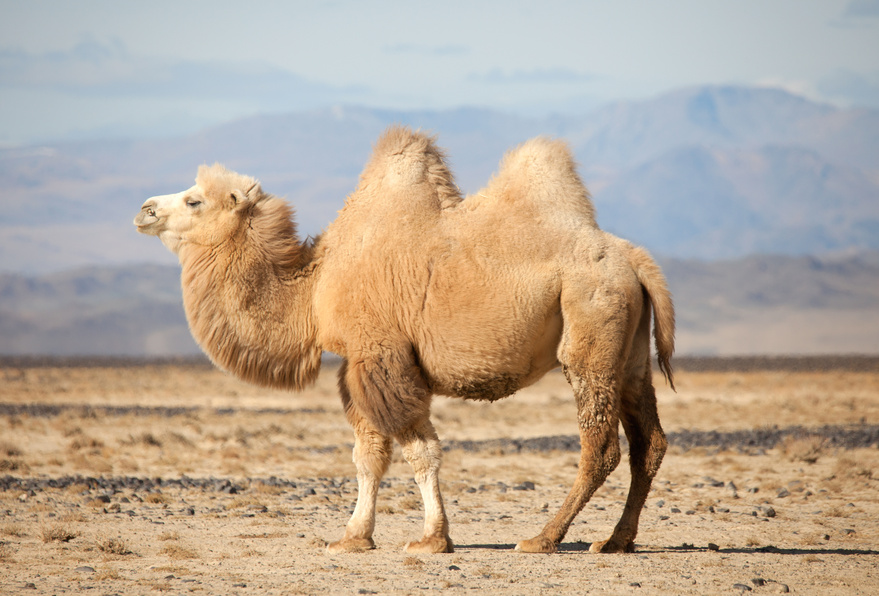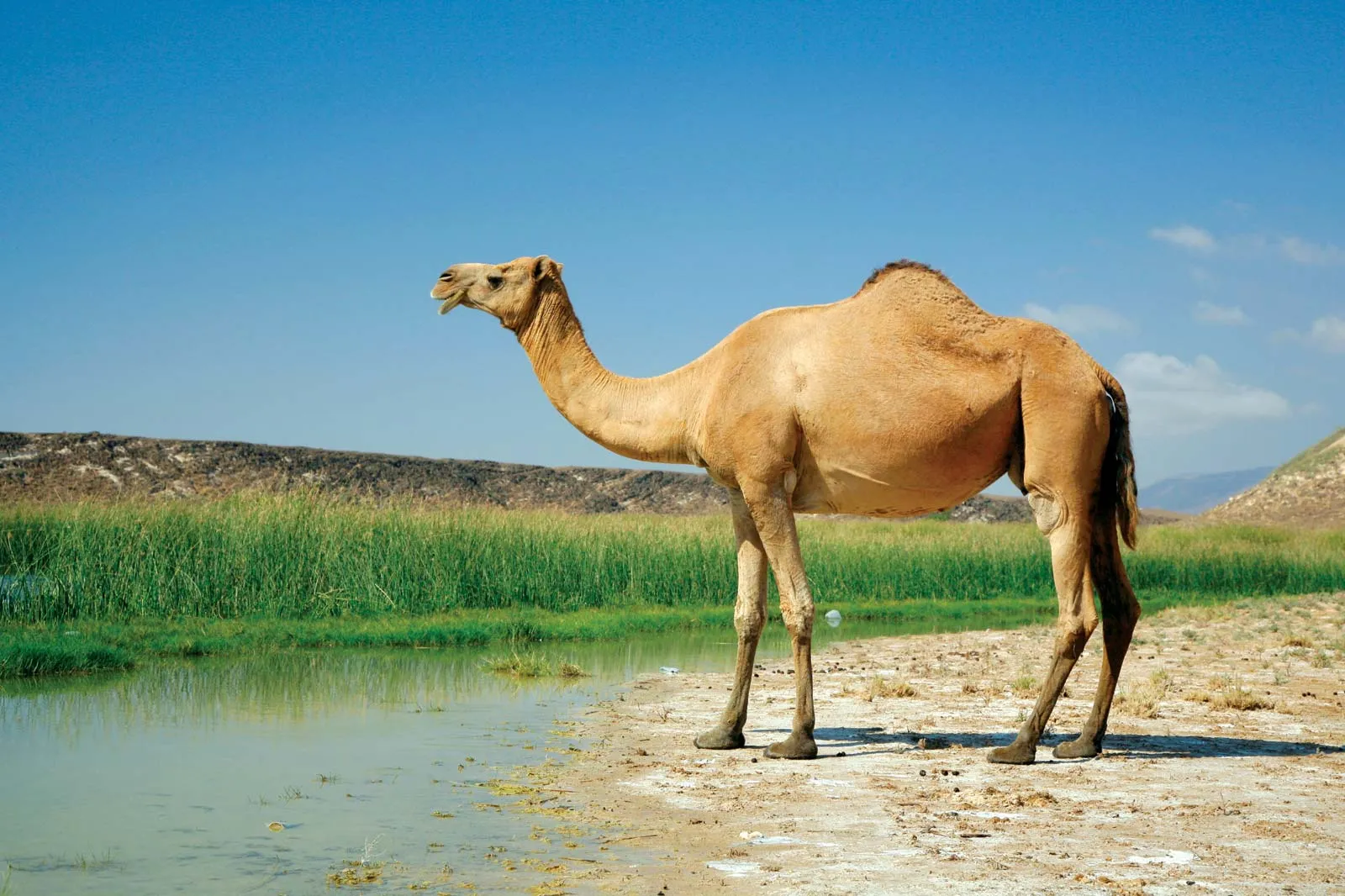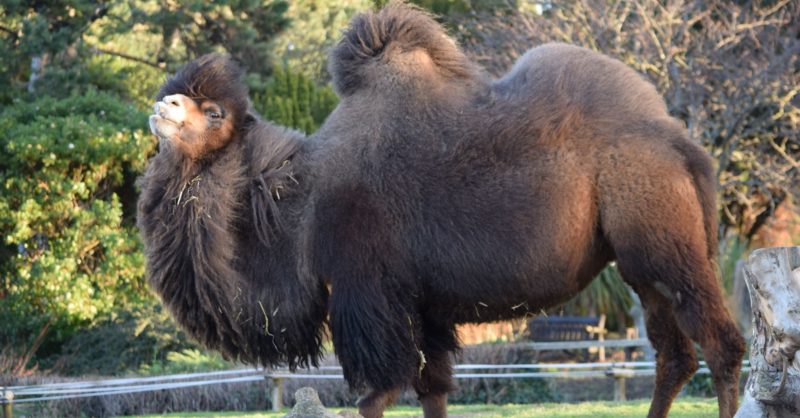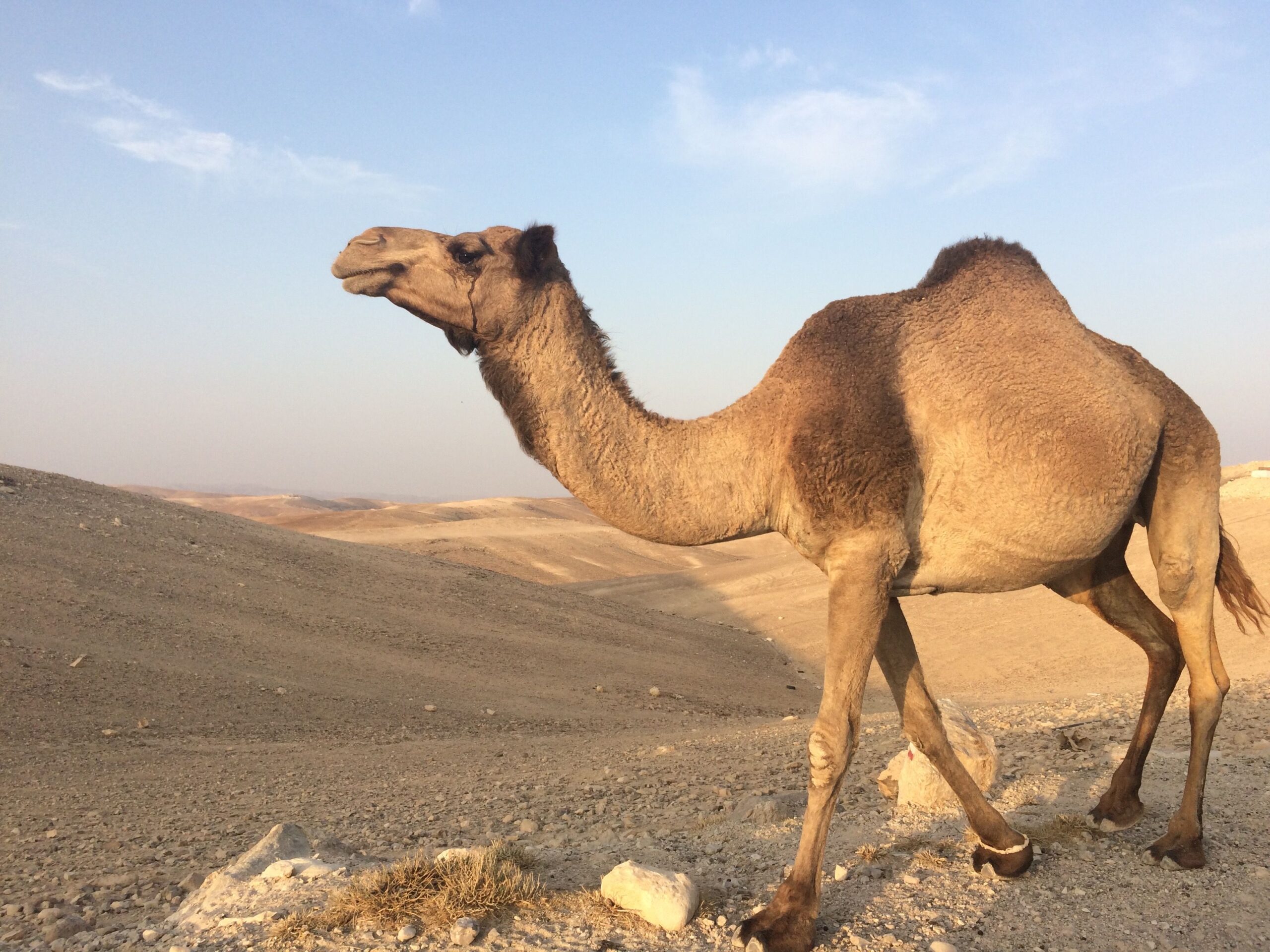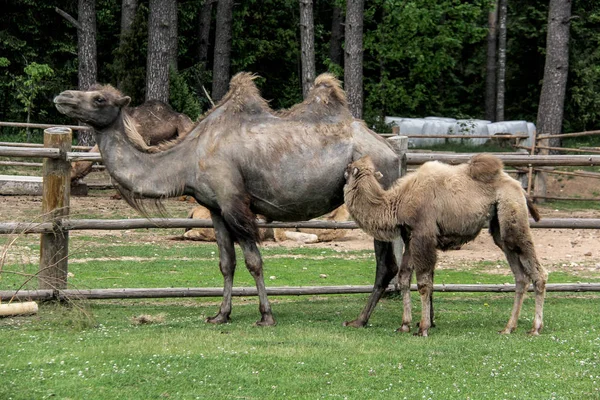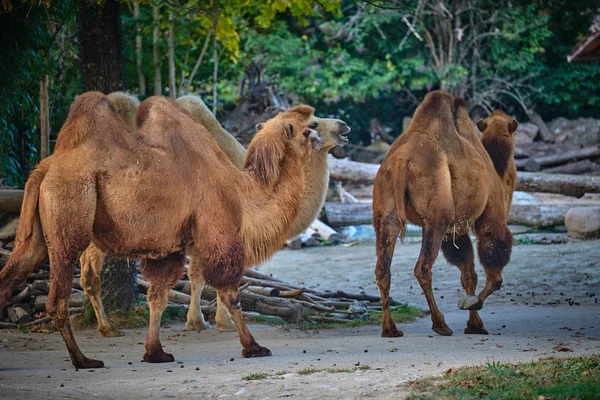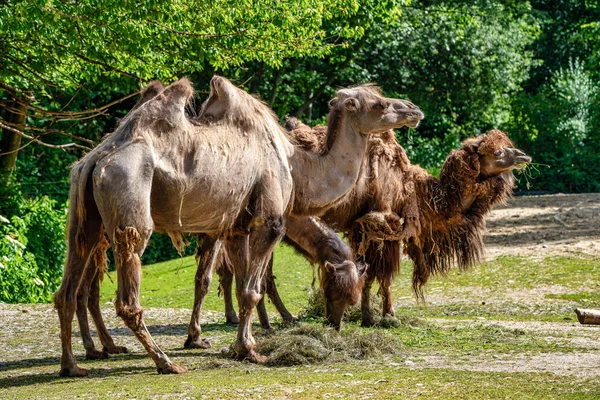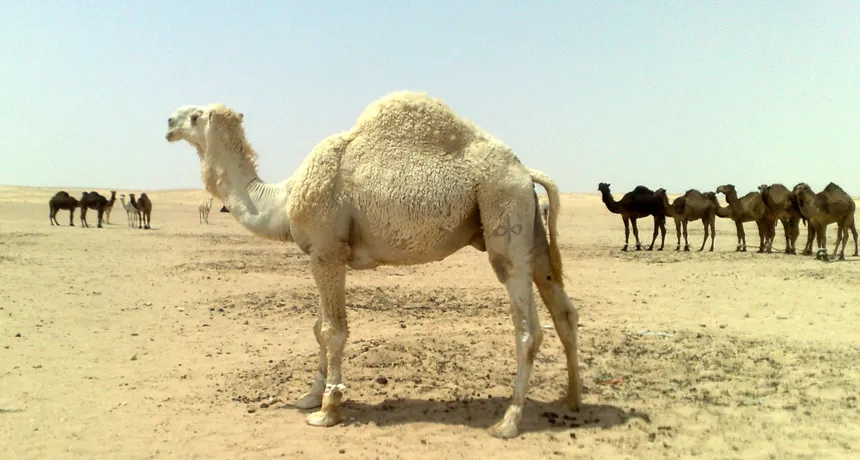Description
Camels, often referred to as the “ships of the desert,” are remarkable creatures that have adapted to some of the harshest environments on Earth. With their distinctive hump(s) — which store fat, not water — camels are able to survive long periods without food or hydration, making them perfectly suited for arid landscapes. There are two primary species: the dromedary, with a single hump, predominantly found in North Africa and the Middle East, and the Bactrian camel, featuring two humps, native to Central Asia. These resilient animals have evolved to withstand extreme temperatures, from scorching days to frigid nights, showcasing their versatility as true desert survivors.
In addition to their physical adaptations, camels play a vital role in the lives of many people, particularly in nomadic cultures. They have been domesticated for thousands of years, serving as essential companions for transportation, trade, and even as a source of milk and meat. The milk of camels is highly nutritious, rich in vitamins and minerals, and is a staple in many diets throughout the regions they inhabit. Furthermore, their ability to carry heavy loads over long distances has made them invaluable in trade caravans, facilitating commerce across vast deserts.
Aside from their practical uses, camels hold significant cultural and historical importance. They are often featured in folklore, art, and literature, symbolizing endurance and resilience. In many cultures, camel races are celebrated events, drawing crowds and showcasing the unique bond between humans and these majestic animals. As climate change and habitat loss threaten their natural environments, conservation efforts are increasingly crucial to ensure the survival of these iconic creatures. The enduring legacy of camels not only highlights their adaptability but also underscores the intricate relationship between humans and the natural world.

